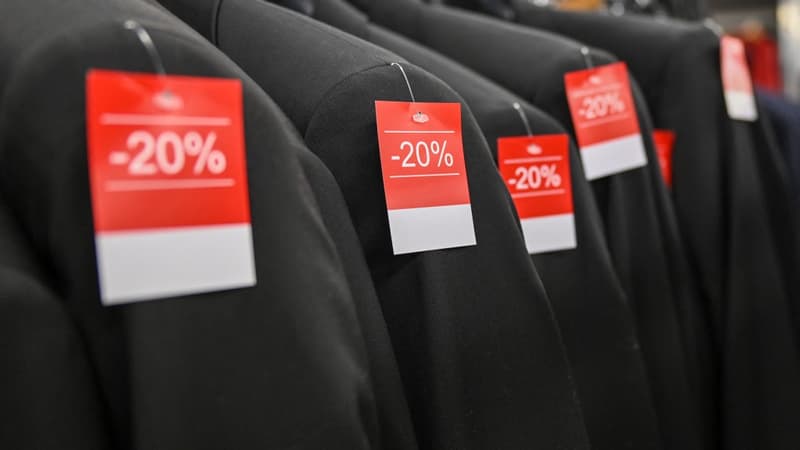The summer sales begin this Wednesday, June 28. For some consumers, it’s time to hunt for bargains, but sometimes it’s hard not to get lost amid all the discounts on offer throughout the year. A point about the specifics of the sales compared to other promotions.
• How are they different from other promotions?
During sales, and only at this time of year, a merchant is authorized to offer price reductions that can go as far as reselling at a loss, that is, selling a product cheaper than what you paid to buy it from your supplier. The goal is to quickly get rid of products that have been in stock for a long time and accumulate in reserves: old collections, for example, for ready-to-wear boutiques.
Resale at a loss is prohibited outside of sales, but it is still possible to organize commercial operations at any other time of the year. As long as you don’t use the term “sale”, hence the names “Black Friday”, “private sales” and other “French Days”.
• What items can be discounted?
A store cannot do what it wants: the only products eligible for sale are those that have already been paid for by the merchant and are offered for sale for at least a month when sales start, because the goal is still to sell the products in stock, and therefore no replacement of sales products. New ready-to-wear collections, which are generally put on the shelves at the same time as sales to take advantage of the influx of customers, cannot be sold this way.
• What should the label of a sales product say?
Balances must be visible. These biannual promotions, above all, must be accompanied by announcements indicating their opening to customers, since there is no obligation for the merchant to participate in the sales. In addition, when a customer enters the store, he must clearly distinguish between items on sale and those that are not. On the label of the product on sale you should find the discount offered (-20%, -30%, etc.) and the reference price on which said discount is based.
To avoid false attractive “no-go prices”, especially in online commerce where deceptive commercial practices sometimes abound, a European director now regulates the reference price used to calculate the promotion. Specifically: if the pants are offered at -50%, at 20 euros instead of 40 euros, this initial price of 40 euros must correspond to the lowest price charged by the merchant during the thirty days prior to this promotional offer.
• Are the rules the same for online sales?
Whether we are talking about a physical store or an online sales site, even in the case of a distributor dedicated solely to e-commerce or a marketplace that brings together a large number of sellers, the rules are the same for everyone. The only difference, for electronic commerce, is that the customer has a withdrawal period of 14 days from receipt of the item, which allows him to obtain an exchange or a refund.
• Can I return a sale item?
The warranty rules are the same for a sale item and a non-sale item. If there is a hidden defect (a manufacturing defect not apparent at the time of purchase, for example) or if the product does not conform to what the seller claims, the merchant is obliged to exchange the item or refund the customer at his whole. cases, even if you have displayed a “no pick up or exchange during sale” sign in your store.
However, attention: if the customer requests an exchange or a refund because the size is not correct or if he no longer likes the item after having bought it, the merchant is not obliged to do so, except of course if he indicated ” change and return during sales” in your store.
Source: BFM TV


